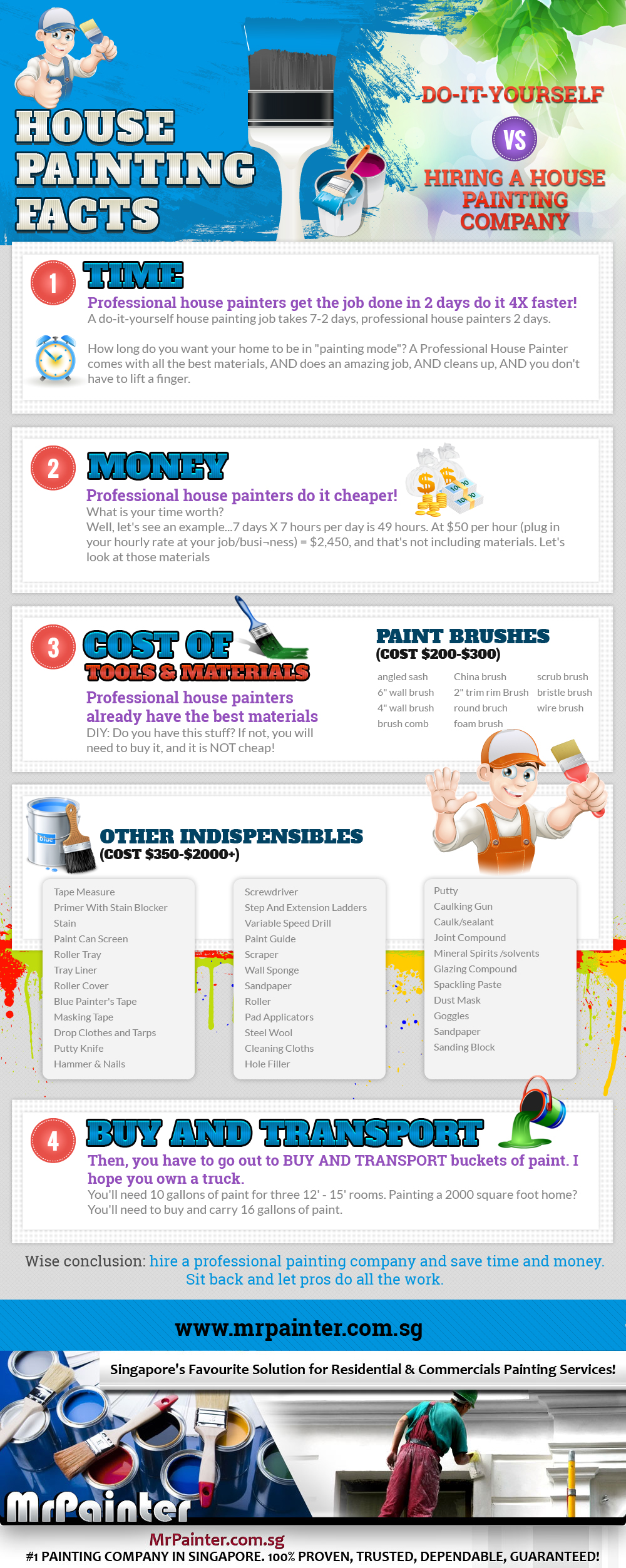The Efficiency Of Your Commercial Exterior Painting Project Is Very Closely Linked To Weather Conditions-- Learn How It Can Either Support Or Hinder Your Preferred Results
The Efficiency Of Your Commercial Exterior Painting Project Is Very Closely Linked To Weather Conditions-- Learn How It Can Either Support Or Hinder Your Preferred Results
Blog Article
Written By-Cash Monaghan
When you're planning an industrial exterior painting project, do not undervalue the impact of climate on your outcomes. lake oswego residential painting require to consider aspects like temperature, moisture, and rainfall, as they can make or damage your paint task. For instance, did you know that optimal conditions ask for particular temperature ranges and humidity degrees? Stopping working to monitor these aspects can cause uneven surfaces and even damages to fresh paint. Comprehending these aspects is crucial to accomplishing a resilient, professional outcome. So, what specific weather conditions should you be wary of?
Temperature level Considerations
When it involves business exterior painting, temperature plays an essential role in the end result of your task. If you're painting in extreme warm, the paint can dry too rapidly, resulting in issues like bad bond and irregular finishes. You want to go for temperature levels in between 50 ° F and 85 ° F for the best outcomes. Below 50 ° F, paint might not treat appropriately, while above 85 ° F, you run the risk of blistering and fracturing.
Timing your task with the ideal temperatures is important. Beginning your work early in the early morning or later on in the afternoon when it's cooler, especially throughout warm months.
Additionally, think about the surface area temperature; it can be significantly greater than the air temperature, specifically on sunny days. Make use of a surface area thermostat to check this prior to you begin.
If temperatures are unforeseeable, keep an eye on the weather prediction. Sudden temperature drops or heat waves can thwart your strategies. You do not intend to start painting just to have the conditions alter mid-project.
Humidity Levels
Moisture degrees dramatically impact the success of your industrial outside painting task. When the humidity is too high, it can prevent paint drying and curing, causing a range of problems like poor adhesion and complete top quality.
If you're intending a job throughout wet conditions, you might find that the paint takes longer to dry, which can prolong your project timeline and increase prices.
Alternatively, low moisture can likewise position challenges. Paint may dry as well promptly, preventing correct application and causing an uneven coating.
You'll wish to keep track of the moisture levels very closely to ensure you're working within the excellent variety, generally in between 40% and 70%.
To obtain the very best results, take into consideration using a hygrometer to gauge humidity prior to beginning your task.
If you locate the degrees are outside the optimum variety, you may need to change your timetable or pick paints designed for variable conditions.
Always get in touch with the maker's guidelines for certain suggestions on humidity resistance.
Rainfall Influence
Rainfall or snow can considerably disrupt your industrial outside paint strategies. When rainfall happens, it can wash away newly used paint or create an unequal coating. Ideally, you want to select days with dry climate to make sure the paint sticks effectively and cures successfully. If More Information and facts captured in a shower, it's finest to halt the project and await problems to enhance.
Moreover, snow can be a lot more damaging. Not just does it create a wet surface area, yet it can likewise lower temperatures, making it tough for paint to dry. This can cause problems like peeling off or blistering down the line.
It's vital to inspect the weather forecast prior to beginning your job. If rain or snow is anticipated, consider rescheduling.
Constantly remember to permit adequate drying out time between coats, specifically if the weather condition stays unforeseeable.
Final thought
In conclusion, keeping an eye on the weather is important for a successful industrial external paint job. By keeping an eye on temperature, humidity, and precipitation, you can ensure the most effective conditions for application and curing. Bear in mind to intend your work around favorable weather and always adhere to producer guidelines. With the best strategy, you'll achieve a long-lasting, stunning finish that can withstand the aspects. Don't allow the weather catch you unsuspecting-- stay informed and paint smart!
